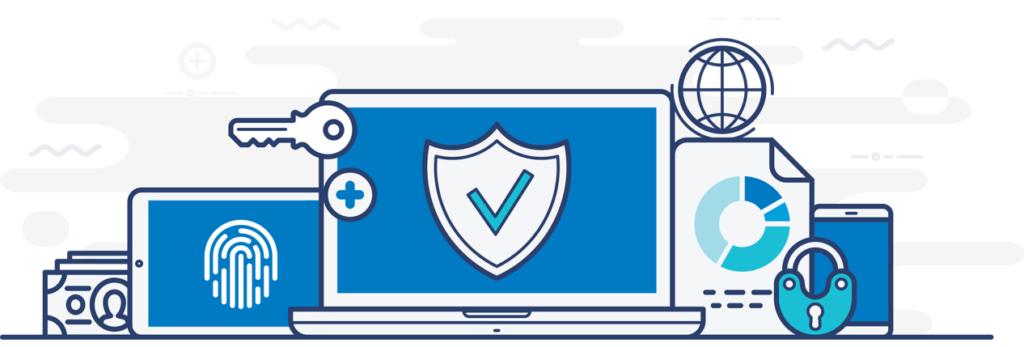Types of Endpoint Security

Here is a full list for the types of endpoint security businesses and organizations utilize to protect themselves from cyberthreats:
- Network Access Control (NAC). NAC involves the management of users and devices for the purpose of controlling which networks or network segments they’re able to interact with.
- Internet-of-Things (IoT) Security. IoT endpoint security protects IoT devices, which depend on an internet connection that hackers sometimes seek to exploit.
- Insider threat protection. Insider threat protection involves keeping unauthorized users from accessing certain areas of your network. It also incorporates technology that tracks user activity as they use endpoints connected to your network.
- Data loss prevention (DLP). DLP aims to prevent the exfiltration of data through hacks, malware, phishing attacks, and other threat vectors.
- Data classification. Data classification aids endpoint security by categorizing your business’s data according to the most essential or sensitive information. At times, data classification is used to enforce regulatory compliance measures enforced by the government.
- Browser isolation. A user’s browser is kept inside an isolated environment with browser isolation. In this way, any malicious code that gets downloaded can’t spread to the rest of the network.
- URL filtering. URL filtering prevents users from accessing potentially dangerous websites.
- Endpoint encryption. By encrypting the data on devices, endpoint encryption prevents cyberspies and thieves from filching and using it for their financial or strategic benefit.
- Cloud perimeter security. With cloud perimeter security, you use a cloud firewall or web filtering tool to control the people and devices that have the right to access business-critical cloud resources.
- Sandboxing. A sandbox is an isolated environment that mimics the infrastructure and function of a typical operating system. In this way, malware can enter it, try to propagate or execute it, and IT staff can observe its behavior. In addition, sandboxes are often used to see how malware tries to infect or take advantage of specific applications.
- Secure email gateways. A secure email gateway prevents threats, particularly malicious files or links, from impacting or taking advantage of your email system by inspecting the messages entering and exiting your email system.
- Inbox security. Having the ability for users to submit suspicious emails for verification can greatly reduce the potential to fall victim to a phishing attack.
Need to strengthen your endpoint security?
We can help! Get in touch with us below to speak to one of our experts.
"*" indicates required fields
